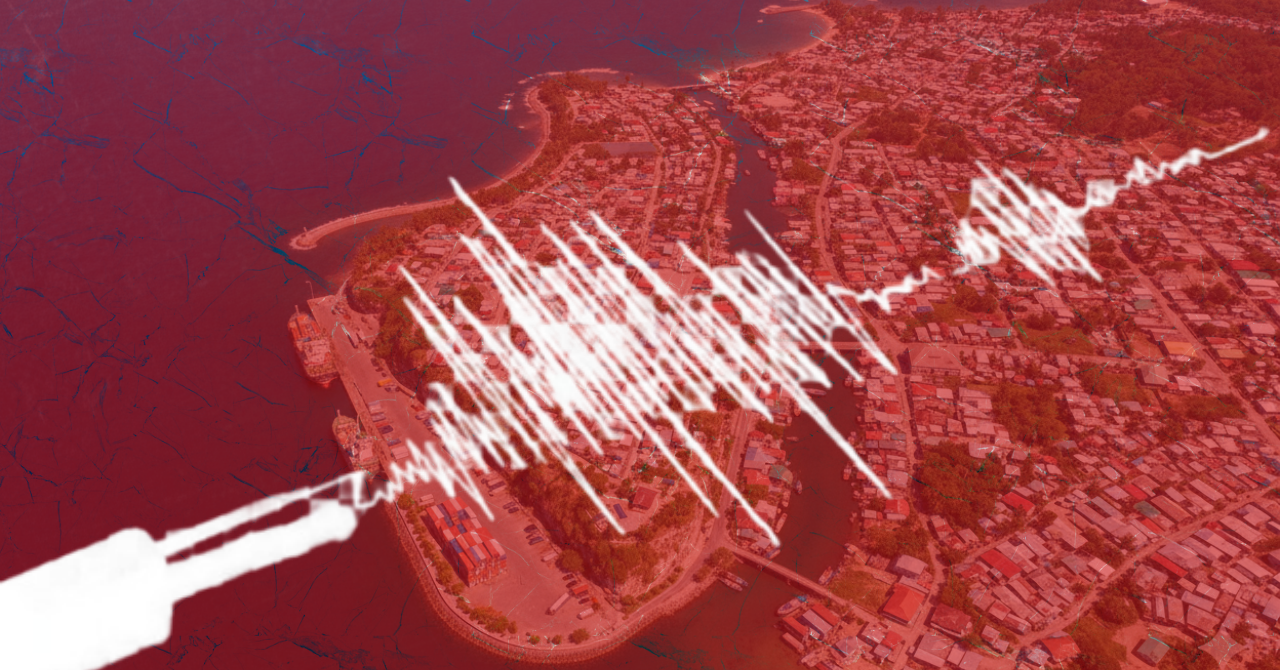In the past weeks, several strong earthquakes have shaken parts of the Philippines and nearby countries in the Pacific. As a nation surrounded by seas, the Philippines is no stranger to tsunami threats. With more than 36,000 kilometers of coastline, even a single undersea quake can put millions of Filipinos at risk.
That’s why understanding what to do before, during, and after a tsunami is not just information—it’s a lifeline.

Overview
Tsunamis are not just “movie disasters” — in the Philippines they have struck before and remain a real danger. Because the country sits at the meeting of multiple tectonic plates and has many underwater trenches and faults — such as the Philippine Trench and Sulu–Cotabato zones — the risk is higher than many people realize.
One of the worst examples in Philippine history is the 1976 Moro Gulf tsunami. A magnitude ~8.0 quake under the sea triggered waves as high as 9 meters, devastating over 700 kilometers of coastline around the Moro Gulf. Thousands died, tens of thousands were left homeless. Past studies show that the 1976 event remains the deadliest tsunami in modern Philippine memory.
Historical records also include a tsunami triggered by a 7.1 magnitude quake in 1994, which hit Batangas, Quezon, and Mindoro, killing about 78 people. In 1992, two earthquakes off the coast of Mindanao produced a local tsunami within minutes, flooding coastal areas of Davao Oriental. And the 1990 Bohol Sea quake created tsunami waves up to 2 meters, affecting nearby islands like Camiguin.
Even in places away from coasts, people should care. A tsunami can reflect off shores, travel through bays, and magnify damage in unexpected spots. Infrastructure like roads, bridges, and power lines inland may suffer from flooding or landslides triggered by wave surges. Also, families living near rivers, estuaries or coastal inlets may see water push upstream. In short: whether you live along the beach or inland, a powerful undersea quake nearby can put many regions at risk — not just the coastal strip.
During a Tsunami Threat: Know the Signs and Act Fast
When a tsunami threat is declared or an earthquake hits near the coast, every second counts. Here’s what to remember:
Know the Signs of an Incoming Tsunami
- A strong earthquake that is clearly felt
- A sudden drop or rise in sea water level
- A roaring sound coming from the sea
These natural warnings often happen before official alerts are issued. If you notice any of them, don’t wait—move to safety immediately.
Stay on Higher Grounds
- Avoid low-lying coastal areas after a strong quake. Go to higher ground right away.
- Never go down the beach to watch or take pictures of the tsunami. The waves can travel faster than you think, giving no time to escape.
It’s safer to assume the worst and act quickly than to wait for confirmation.

After a Tsunami: Stay Alert and Keep Safe
Even after the waves subside, the danger isn’t over. Secondary waves or aftershocks can still happen, so remain cautious.
Follow Safety Steps After a Tsunami
- Return home only when authorities say it’s safe.
The evacuation order will be lifted once the area is clear of risks. - Stay away from the sea until officials confirm that it’s safe.
- Check for missing persons and report to local authorities or the barangay office.
- Bring the injured and sick to the nearest hospital or health center.
- Inspect electrical outlets and appliances before turning on electricity. Avoid shock or fire hazards.
- Assess your home for structural damage and arrange repairs only when conditions are safe.

The Role of Preparedness in Saving Lives
The Philippine Institute of Volcanology and Seismology (PHIVOLCS) continues to remind everyone that earthquake drills and coastal evacuation plans are not optional—they’re essential. By staying informed and ready, communities can reduce panic and prevent loss of life.
Preparedness doesn’t have to be complicated:
- Know the evacuation routes in your barangay.
- Keep a “Go Bag” ready with food, water, flashlight, radio, and first-aid supplies.
- Follow verified alerts from PHIVOLCS, NDRRMC, and local government units.
Watch: Paano nabubuo ang tsunami at paano makakaligtas dito? | GMA Integrated Newsfeed
A powerful undersea quake jolts the ocean floor—then the water moves. It rises, rushes, and races toward land, sometimes faster than a car. This video from GMA Integrated News shows how tsunamis form and why quick action makes all the difference.
Filipinos living near the coast must know the signs: a sudden sea retreat, strong shaking, or strange animal behavior. Preparedness—like knowing evacuation routes and packing a go-bag—can be the difference between tragedy and survival.
Final Reminder
The Philippines’ location along the Pacific Ring of Fire means earthquakes and tsunamis are part of our reality. But with proper awareness and quick response, we can turn knowledge into safety.
Stay alert. Keep safe. Be ready.
Preparation today can save lives tomorrow.
